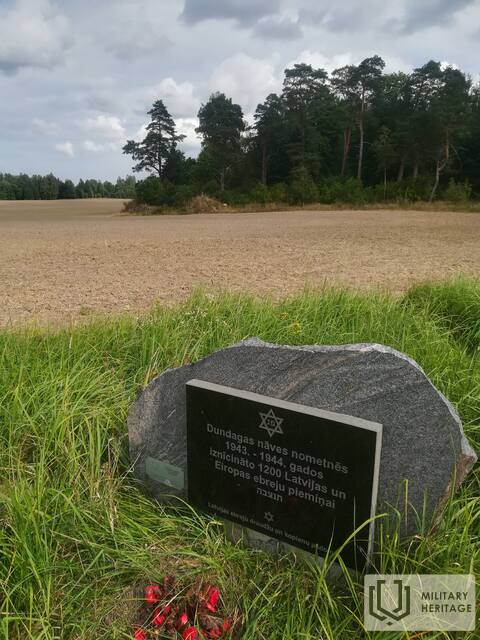SS troops training area "Seelager" and memorial to the prisoners of the concentration camp
Memorial site


 160
160





Used sources and references:
https://de.wikipedia.org/wiki/SS-Truppen%C3%BCbungsplatz_Seelager
Bernd Wegner: Hitler's political soldiers: the Waffen-SS 1933-1945. Model, structure and function of a National Socialist elite. 9th edition (unchanged reprint of the 8th edition 2008). Schöningh, Paderborn et al. 2010, ISBN 978-3-506-76313-6 (also: Hamburg, University, dissertation, 1980: The leadership corps of the armed SS 1933-1945).
Kathrin Reichelt: Latvia under German occupation 1941-1944: The Latvian part in the Holocaust. Metropol, Berlin 2011, ISBN 978-3-940938-84-8, page 278
http://www.tenhumbergreinhard.de/1933-1945-lager-1/1933-1945-lager-d/dundaga-ii-dondagen.html
Related timeline
Related topics
Related stories
The important place of Stende station in the Karalauskas railway network
The main task of the battlefield railways in the Irbes Strait area was to provide the German army's coastal defense positions with cannons and ammunition.
Star of David at the Dundaga Concentration Camp Memorial Site
After regaining independence, the residents of Dundaga erected a large wooden Star of David at the site of the murder and reburial of Jews near the Mazirbe-Dundagas road, and later the Council of Jewish Congregations and Communities of Latvia also unveiled a memorial stone next to it.





